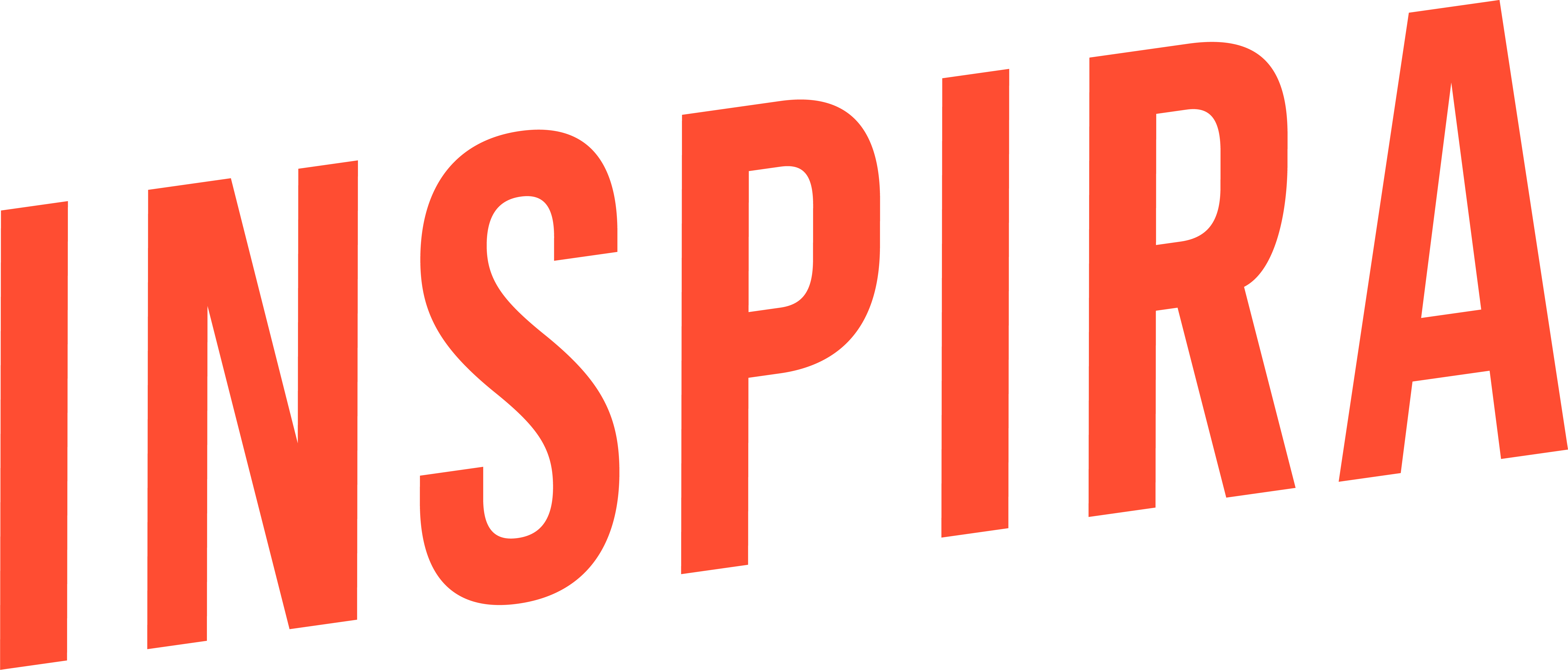The brand that plays it safe is usually the one no one remembers. Where marketers often think they’re taking steps to “protect” their brand from any risk, it often makes them invisible to people who, like all of us at this point, naturally tune out marketing that looks and sounds familiar. I love working with challenger brands because they figured this out a long time ago. They typically don’t have the luxury of legacy recognition or bottomless budgets. What they do have (again, typically out of necessity but it still counts) is an edge: a willingness to take calculated risks, to commit to a strong point of view, and to focus on actually building a relationship with their audience.
But this mindset isn’t just for underdogs. In today’s crowded landscape, where people are bombarded with content 24/7, “safe” is just another word for forgettable.

Take YETI. No one was out there begging for a $400 cooler to suddenly exist. And while that’s exactly what YETI made, it’s not what they sold. Instead, they sold the world around that $400 cooler and all the things it’d inspire. Adventure. Toughness. Uncompromising standards. This makes their customers feel like buying a YETI enters them into an exclusive club of rugged explorers. A YETI cooler isn’t about keeping drinks cold; not really. It’s a symbol of what you’re about. And that clarity of purpose works: YETI pulled in $1.6 billion in net sales in 2023.

Then there’s Sephora, which still manages to appeal to pretty much everyone without losing their core identity. While shoppers of all ages and needs browse the aisles, the brand doesn’t stray from delivering their signature brand experience that focuses on discovery, exclusivity, an immersive, almost club-like atmosphere for beauty lovers. That tight grip on identity has fueled double-digit growth in 2024. Diluting the brand to chase broader appeal would’ve been the beginning of the end.

Athletic Greens (AG1) built an empire by understanding they couldn’t risk being seen as just another green powder. While their product has plenty of RTBs –and that’s where most marketers would likely focus– AG1 knew that comparing themselves to other green powders would never get them to where they wanted to be. And so instead, they sold it as a moment of daily self-care. A moment for you to take control over your health and do something good for your body. That shift in perspective turned a product into a habit, and a habit into a movement. Today, they have over $160 million in annual revenue and a billion-dollar valuation to show for it.
There’s a lesson in all of this for challenger brands as well: As your brand grows, you can’t lose sight of the core values that brought you success. It’ll be tempting to chase trends, follow the loudest voices, or try to appeal to everyone. But that’s usually when the wheels start to come off and you make more “safe” choices. The strongest brands make every decision—every partnership, every campaign, every message—through the filter of their core identity. If who you are shifts depending on who’s watching, people notice. And not in a good way.
The challenger mindset isn’t about being reckless. It’s about being intentional. Clear. Consistent. It’s about doing the work to truly know what your brand stands for, building a community that shares those values, and reinforcing that connection at every opportunity. That’s how trust is built. That’s how movements grow.
So, what’s your brand’s next move? If you’re ready to stop playing it safe and start making work that people will remember, it might be time to rethink the playbook.
Let’s make something that matters.
